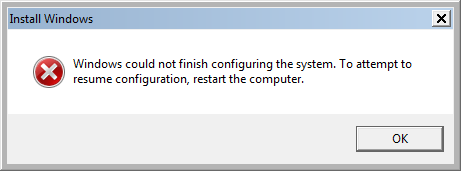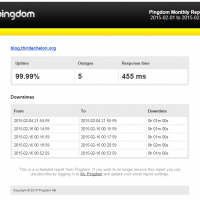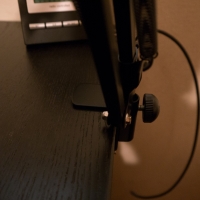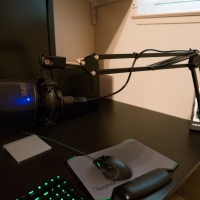After installing a custom image on a notebook via Windows Deployment Services, I received the following error message as soon as the machine started:

I found this thread and decided the first solution was a bit more complicated than what I wanted to do at the time; I was about give up and chalk up the error message to a compatibility issue with some software I had installed but I decided it would be best to figure it out and know for sure. Then I found this blog post which coincidentally references the same TechNet thread I was looking at earlier. The author of the blog writes that the correct solution was booting into Safe Mode first, waiting for the error and then rebooting again solved the issue; I tried this on my notebook and it worked. It wasn’t until I started writing this post that I noticed the person who posted the first solution in the TechNet thread was using ESET Antivirus; I also have ESET on my notebook which is probably what caused the issue in the first place.








